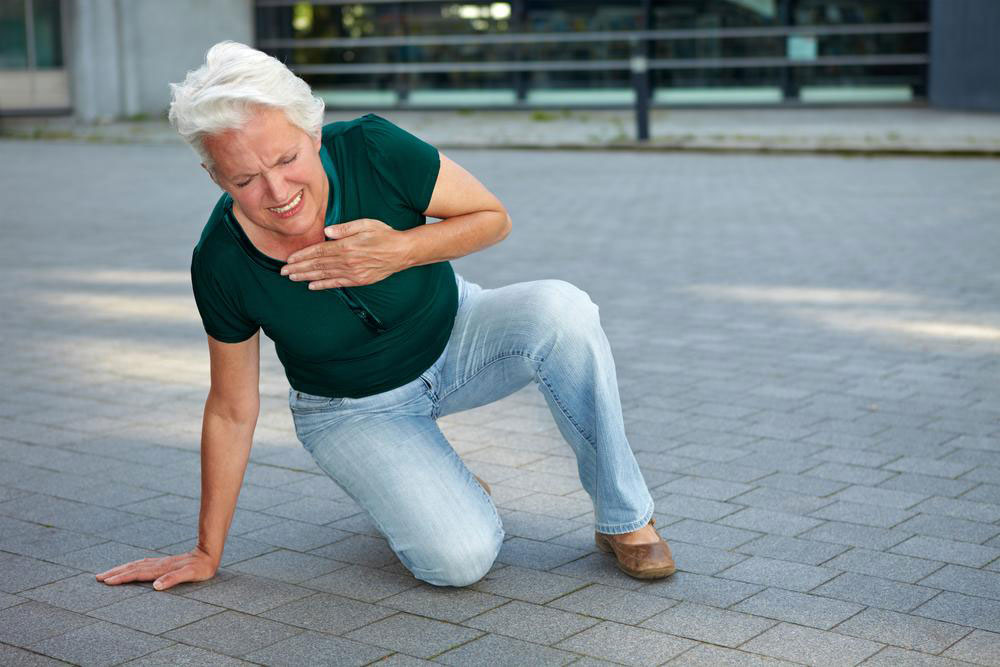Types of strokes and their symptoms
Strokes are of two types. They are different from a heart attack and occur in the brain of a human body. There are many reasons why this happens. Strokes are of two types and there are symptoms knowing which you can prevent the high impact of a stroke.
Ischemic and hemorrhagic are the two types of strokes. Lack of blood flow leads to ischemic stroke and bleeding leads to hemorrhagic stroke.
Ischemic stroke occurs when a blood vessel carrying blood to the brain is blocked by a blood clot. When the blood is not able to reach the brain because of the clot, it results in a stroke.

Embolic stroke is the formation of plaque or a blood clot that forms somewhere in the body but travels to the brain where the blood vessels are narrow and hence a blockage occurs. This blockage causes the stroke.
In thrombotic stroke, blood clot is formed inside one of the arteries that is directly supplying blood to the brain. People who have high cholesterol levels are more prone to this type of ischemic stroke.
Symptoms of ischemic stroke are weakness in the face, arm, or leg. This weakness occurs on one side of the body.
Hemorrhagic stroke occurs when a blood vessel in the brain starts bleeding after breaking. The blood that comes out of the vessel seeps into the brain tissues and damage the brain cells. High blood vessels usually causes the blood vessel to break. Brain aneurysms also cause the vessels to break as they lead to the thinning of the blood vessels.
Symptoms of hemorrhagic stroke are similar to the symptoms of ischemic stroke with some additions. Symptoms include sudden severe headache, change in vision, incoordination and losing balance, numbness in body parts, inability to move, seizures, confusion and dizziness, nausea, paralysis, irritation from bright light, difficulty in swallowing, hand tremors, and more.
Though these strokes can be fatal, they can be cured if attended to at the right time. When someone is having a stroke, instead of panicking, immediate medical help should be given to the person. For this, it is important to know the symptoms and immediate actions that can curb it for a while till medical help is provided.

